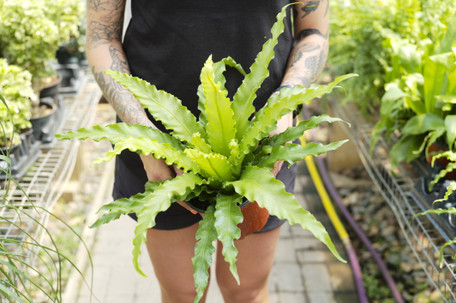underrated indoor plants & why we love them
Posted by Megan Nichols on Jul 24th 2020
Some of our Favs
Philodendron cordatum Lemon
It’s easy to love this plant with it’s heart-shaped leaves and simple care. Grow Philodendron cordatum Lemon in low to medium indirect light and water well when the top couple inches of soil are dry. Fertilize with a basic houseplant fertilizer during the active growing season, spring through summer. Fertilize at half strength and half as often during dormant months.
Jessie, the Managing Director and Owner, says “The Philodendron cordatum is the best. Mine is almost to the ground and it’s just so happy in it’s East facing window (granted, I did chop down an unruly tree to give my plants more morning light).”
Blue Glow Agave
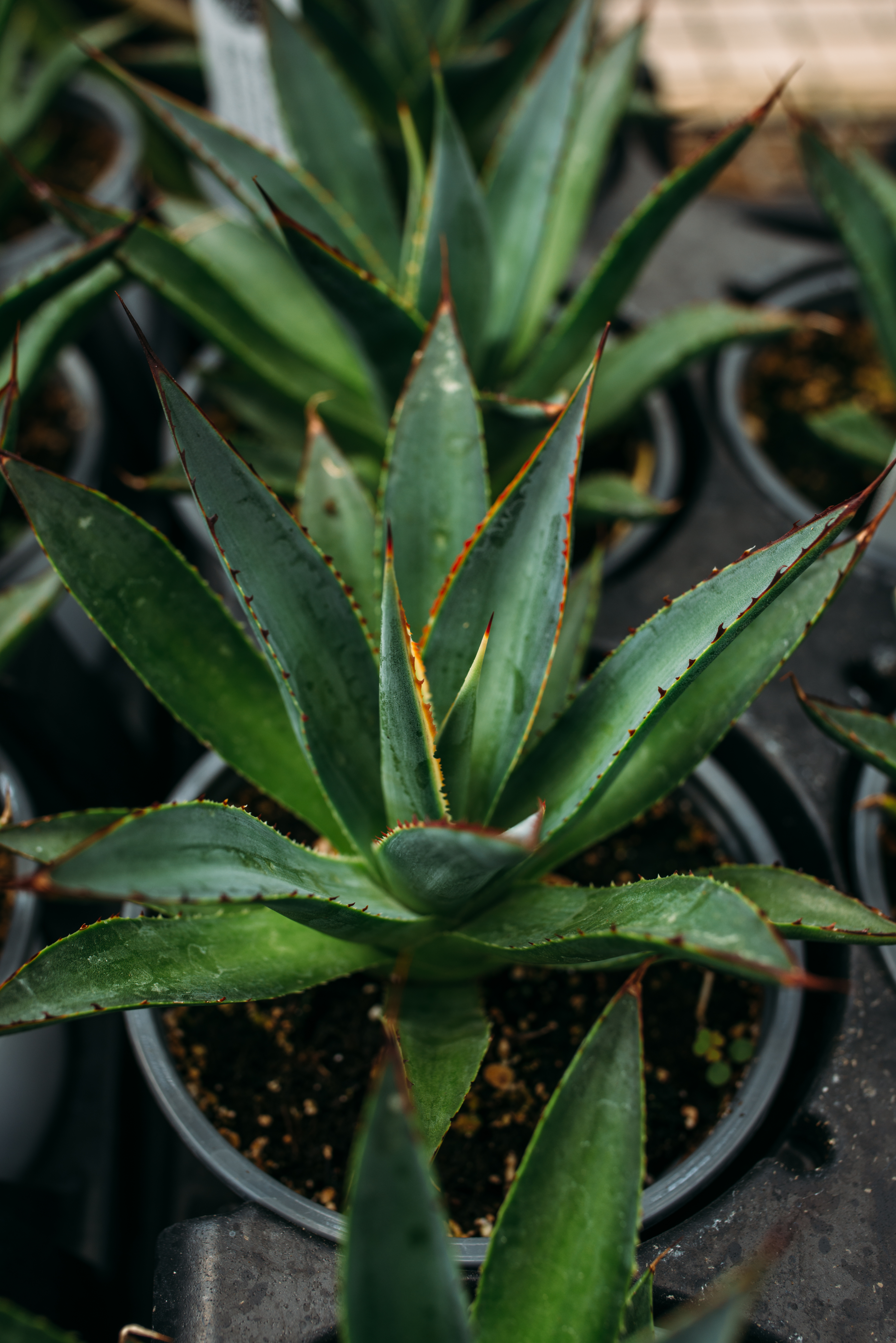
A desert plant in nature, the Blue Glow Agave is an interesting and unique indoor plant option. With its bluish leaves tipped with a red spine it’s sculptural look adds interest and dimension to any décor. It does well indoors if grown in an area with bright light. Water about once a month, or when soil is dry all the way through. It also does well with a fair amount of moisture, so don’t be afraid to grow it in a humid space.
Aglaonema
Large leaves, a chunky growth habit, and contrasting colors in patterning and veining make Aglaonema stand out and performs in rooms with low light. Keep Aglaonema in medium to low indirect light. Direct sun will burn leaves. Water when the top inch of soil is dry. These plants will succumb to rot if overwatered or allowed to sit in standing water.
Spider plant Bonnie
Spider plants are easy and fun to grow, and Spider Plant Bonnie is especially fun for her striped, curly leaves. Plus, they’re non-toxic and pet friendly. Spider plants like bright, indirect light, but they’ll grow in slightly shadier and slightly sunnier locations, too. Regular watering is required through the active growing season. Water when top inch of soil is dry. Decrease watering in winter as the plant is taking up and using less water during inactive growth periods.
Birds Nest Fern
The bright green, rosette shaped fern adds a punch of color and style to any medium to bright light space. Birds Nest ferns are much easier to care for than most ferns. Water when soil is dry about halfway down, usually around once a week. Bonus: this plant is pet friendly.
Underrated
Bromeliads
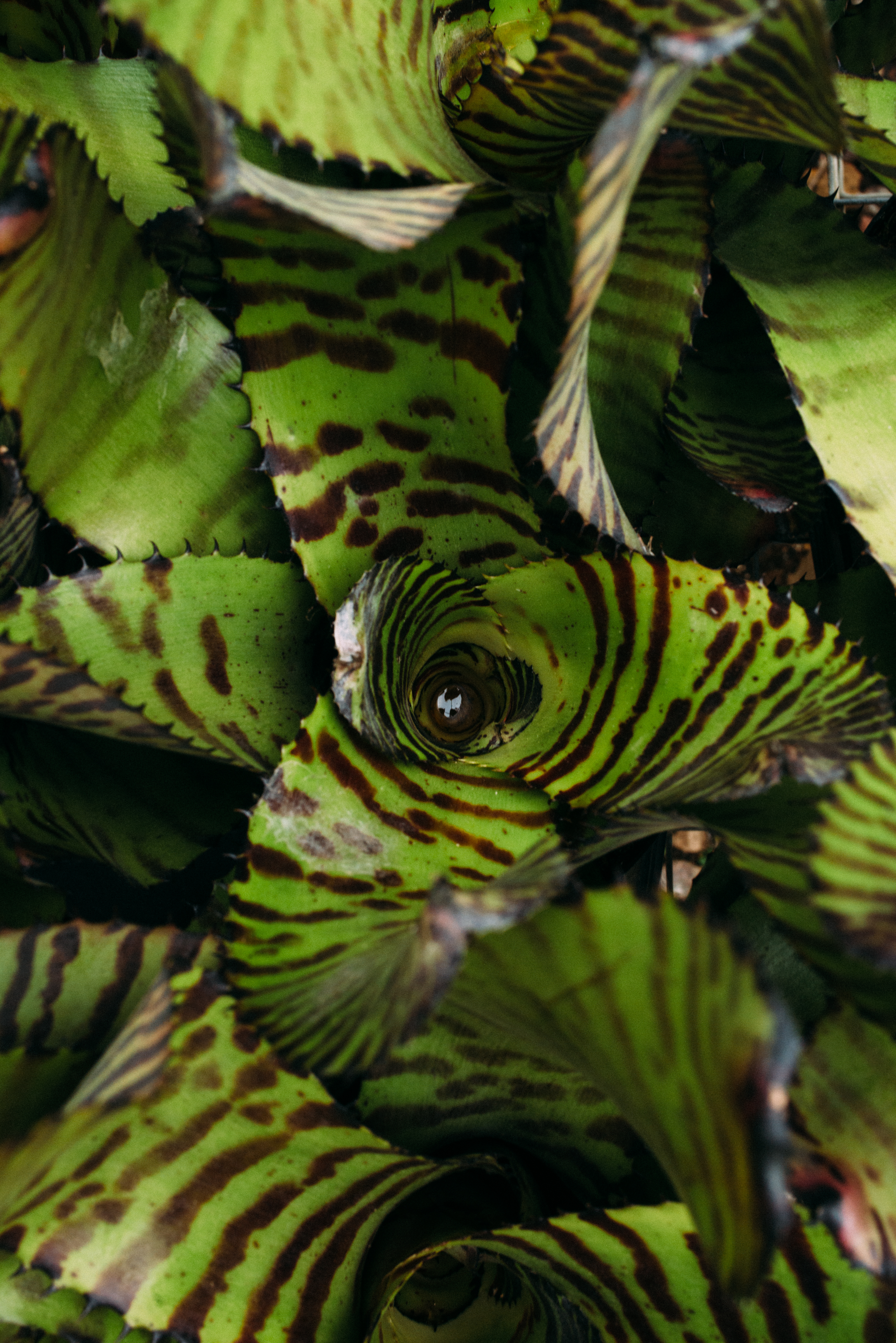
Bromeliads are epiphytes and are native to warm climates where they can be found growing on trees, rocks, and other hosts. Bromeliads require very bright light to bloom. This can be difficult to accomplish indoors, especially in the winter, so artificial light may be necessary. Bromeliads naturally collect water in nature by way of their cupped leaves. In containers, it’s best to water the soil since watering into the leaf cups can cause overwatering and root rot.
Jessie says, “They are just so well behaved. And so many to collect. How could you not LOVE them?!”
Ming Fern
Asparagus ferns are the little black dress of the indoor plant world, and the Ming Fern is a just a notch up from the traditional. Grow in medium to bright indirect light and water when the top inch or two of soil is dry.
Rojo Congo Philodendron
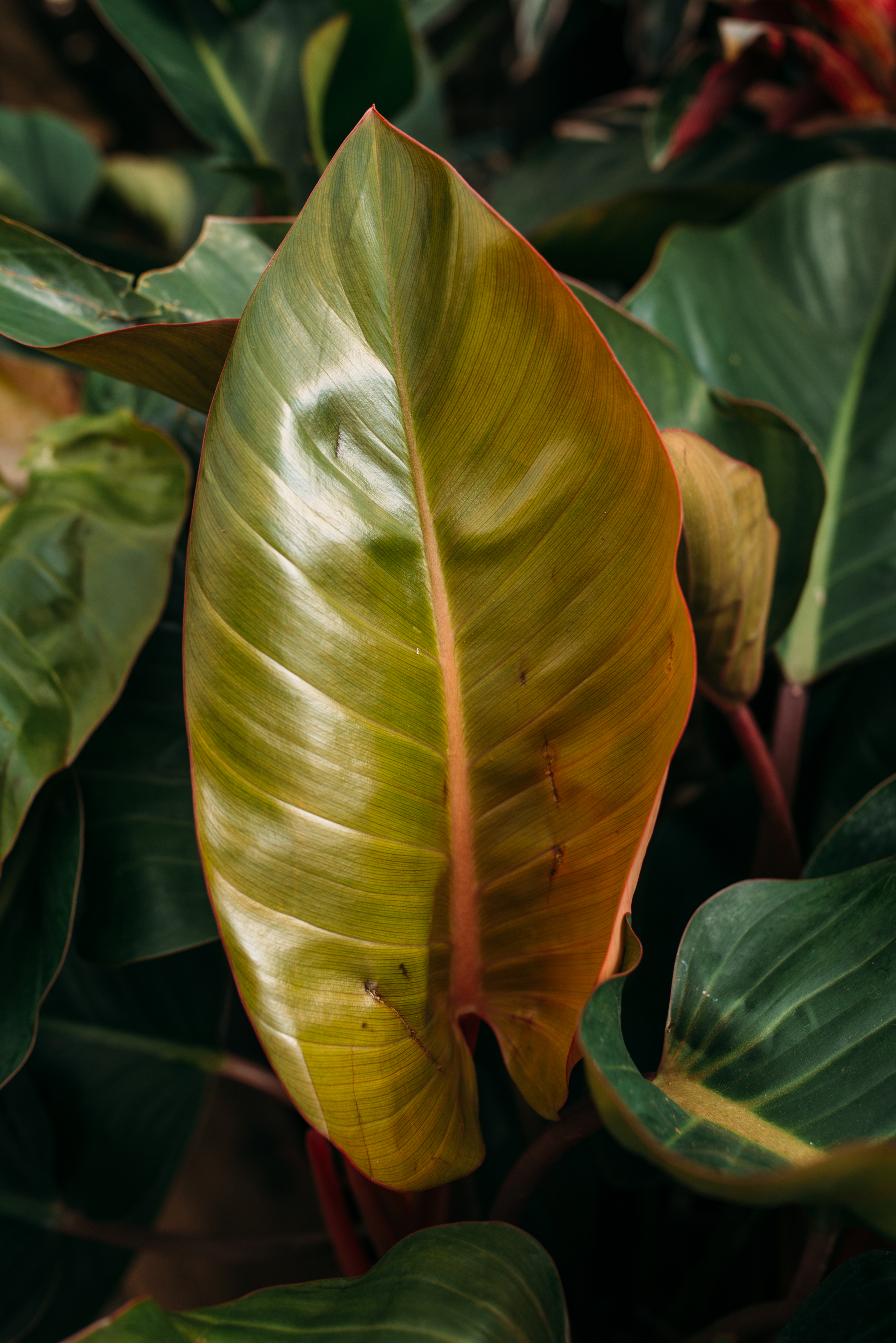
Dark red and deep green foliage make the Philodendron Rojo Congo a striking addition to the indoor plant collection. Grow in medium, indirect light and water often to maintain evenly moist (but not soggy) soil.
Xanadu Philodendron
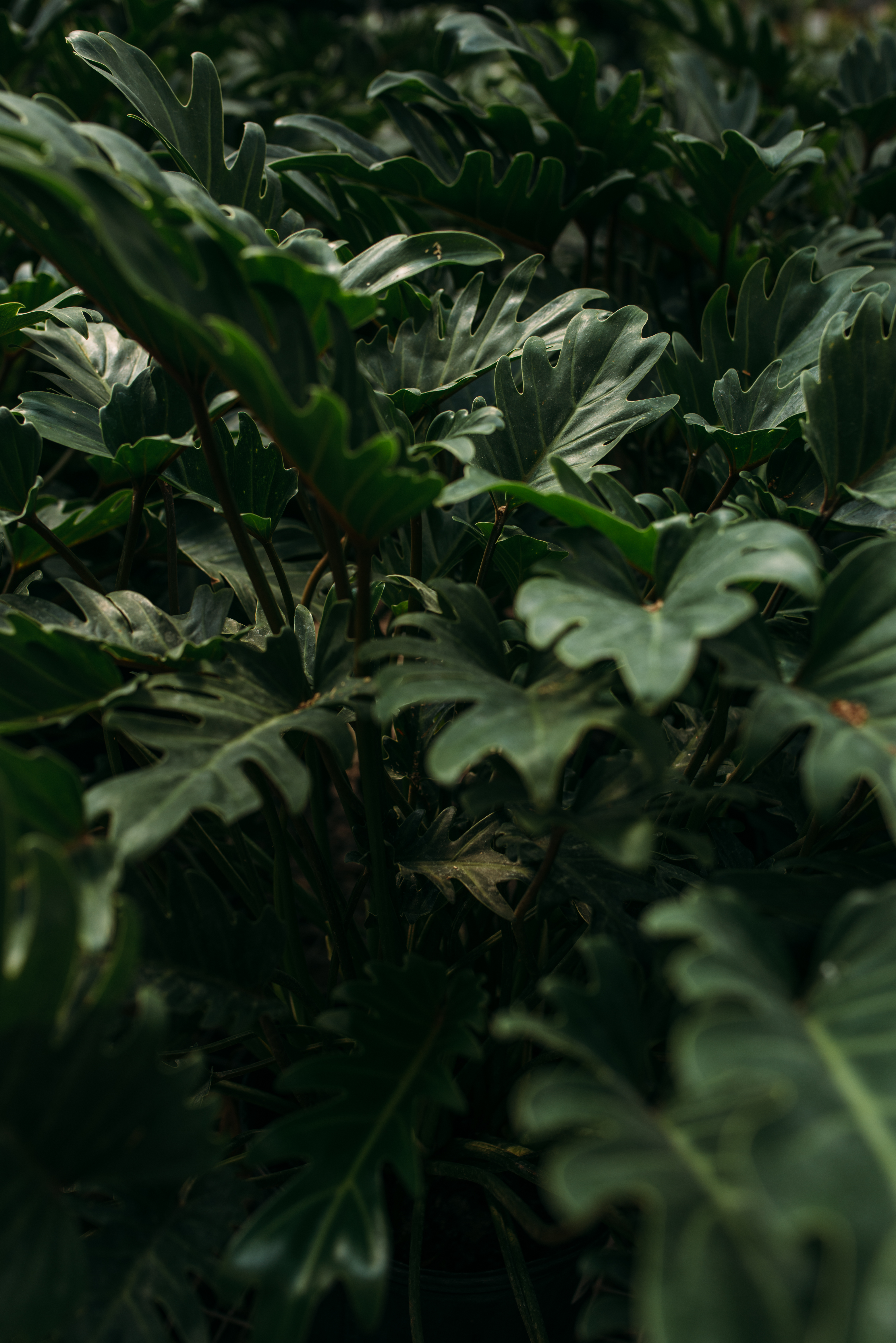
The perfect substitute for a Monstera if your space is limited, the Xanadu has bright green, texture, and sharply cut leaves and stays a more compact, manageable size. Grow in medium to bright indirect light and water when the top couple inches of soil is dry.
Whatever you choose, you can’t go wrong adding a new specimen or a few to your indoor space. Happy indoor gardening!

